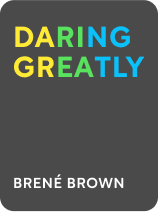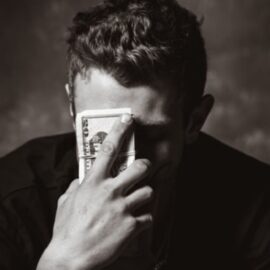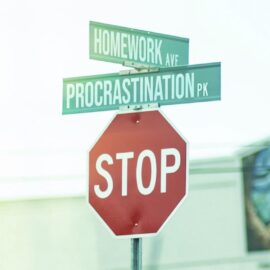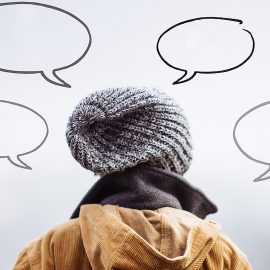

This article is an excerpt from the Shortform book guide to "Daring Greatly" by Brené Brown. Shortform has the world's best summaries and analyses of books you should be reading.
Like this article? Sign up for a free trial here .
What does shame feel like and why is it so bad? What are the 12 categories of shame?
Most of us want wholehearted, meaningful lives. What stops us? In Daring Greatly, Brené Brown suggests that what holds us back the most is the widespread feeling of shame which prevents us from expressing vulnerability necessary for true connection. Further, she identifies 12 categories of shame that fall under three core themes.
Read about 12 categories of shame.
What Are the 12 Categories of Shame?
Shame is the fear of not being worthy of connection and belonging. It is the fear that you are not enough and will be rejected for your weaknesses. It overtakes the prefrontal cortex and initiates your fight or flight response. Instead of being able to think critically or analyze the legitimacy of a threat, you are thrust into survival mode.
Brown’s research identified 12 categories of shame that fall under three core themes.
Body Image and Health
- Mental and physical health: Fear of not having a fit enough body, not being strong enough, not being smart enough, and so on.
- Addiction: Fear of never feeling happy enough, or alive enough, or peaceful enough.
- Sex: Fear of unworthiness, or fear of being ugly.
- Aging: Fear of no longer being loved and admired for looks, or fear of mind deterioration.
- Appearance and body image: Fear of not having the right weight, the right make-up, clothes, and so on.
Relationships
- Motherhood or Fatherhood: Fear of being unprepared or unable to identify with the role of mother or father.
- Parenting: Fear of not being a good enough parent, not nurturing enough, or not respectable enough.
- Family: Fear of judgment, fear of loss, fear of not being stable enough, and so on.
- Surviving trauma: Fear of not being safe, not being worthy of love, or not being connected enough.
- Religion: Fear of not being a good enough person, or fear of punishment.
Social Status
- Money and work: Fear of not having enough money, being criticized in front of coworkers, having to file for unemployment, and so on.
- Being stereotyped or labeled: Fear of not being fully seen, or fear of judgment.
What shame feels like is, for the most part, universal to all. That being said, the societal norms and cultural messaging at the root of shame tend to be gender-specific.
Why Is Shame So Bad?
- Once the shame cycle begins, you really only have three options: fight, freeze, or run. In terms of human behavior, this might look like aggression, numbing, or people-pleasing.
- Being in this type of survival mode prevents you from connecting meaningfully with yourself and others, which impedes your ability to live wholeheartedly.
- It’s common to confuse guilt, shame, embarrassment, and humiliation. It’s important that you understand the difference, because each sends a different message, and you want to focus on internalizing messages that help you move away from shame, rather than towards it. What is the difference?

———End of Preview———
Like what you just read? Read the rest of the world's best book summary and analysis of Brené Brown's "Daring Greatly" at Shortform .
Here's what you'll find in our full Daring Greatly summary :
- What it means to live Wholeheartedly
- The 3 things you need to feel happy and healthy
- How scarcity and shame prevent you from achieving a Wholehearted life






